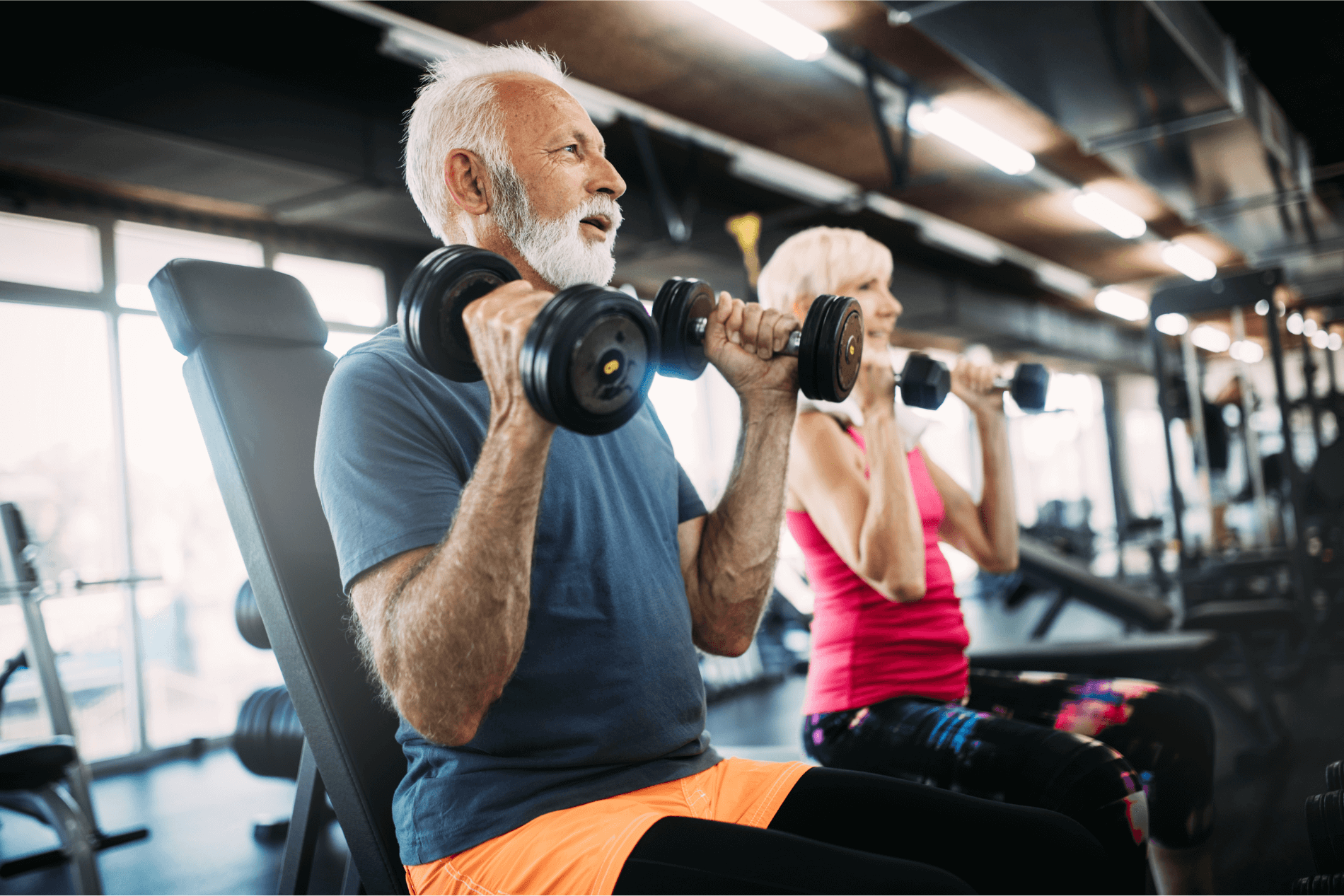
- Common Misconceptions That Delay Hearing Loss Diagnosis - June 6, 2025
- Signs Your Earwax Buildup Needs Professional Attention - May 29, 2025
- Preparing for a Hearing Test and What You Should Bring - May 16, 2025
Exercise classes have gained immense popularity due to their ability to provide an energetic and motivating environment for individuals pursuing their fitness goals. While high-energy music is a common component of these classes, it is crucial to understand the potential risks associated with high decibel levels.
The Class
Exercise classes are filled with a cacophony of noise, ranging from blaring music emitted by various electronic devices to the sounds of people working out. In an attempt to drown out external sounds, individuals also listen to background music or personal playlists through their headphones.
This excessive noise level poses a significant problem, particularly in group classes like spinning, aerobics, or even dance, where high-volume music is often employed to stimulate participants, averaging around 93 decibels. Unfortunately, prolonged exposure to such loudness for 60 minutes can lead to hearing impairment.
A university study conducted in 2019 revealed that the average noise level in gyms reached 95 decibels. An online survey found that 41% of individuals working out were aware that the music volume was excessively high, yet only 27% expressed a desire to lower it.
Another study examined the hearing thresholds of individuals before engaging in aerobic dance class.. During the class, the average noise level reached 91 decibels.
Researchers discovered that 13 out of 16 subjects experienced a deviation (hearing loss) of 10 decibels or more in one or both ears at certain frequencies tested. Furthermore, half of the participants reported experiencing ringing or numbness in their ears after the class.
Surprisingly, despite these findings, only one respondent expressed a willingness to exercise with the music at a lower volume.
This alarming trend highlights the immediate need for intervention.
What is a Temporary Threshold Shift?
Temporary Threshold Shift (TTS) is a phenomenon that occurs during exercise, increasing the risk of hearing loss compared to exposure to the same level of noise at rest.
Factors such as heightened metabolic activity, changes in blood flow, and body temperature contribute to this phenomenon. During TTS, individuals often perceive sounds, including speech and surrounding noises, as weaker. Difficulty arises in hearing low-volume sounds, and speech may sound muffled. Additionally, a sense of fullness, pressure, and even tinnitus (ringing in the ears) may manifest. Although these sensations typically dissipate within 24 hours, they can persist for several days. Recurrent instances of TTS can potentially lead to permanent hearing loss.
In the United States, the maximum permissible volume of music in gyms is set at 85 decibels, with instructors advised to keep their voices below 95 decibels. Guidelines suggest that instructors should speak at least 10 decibels louder than the music to ensure audibility for participants.
For individuals confronted with excessively loud music during workout classes, several options can be considered:
- Use earplugs
- Position yourself further away from the speakers whenever possible
- Request instructors to lower the volume
Those wishing to listen to their own music while exercising are recommended to use soundproof headphones, which can help counteract the amplification required to overcome external noise.
Measure the sound around you
An observational study published in the National Library of Medicine proposes the use of mobile dosimetry technology. They are easily available as phone apps making them useful in any situation where sound exposure puts your hearing health at risk!
Noise dosimeters measure and store sound pressure levels (SPL) and, by integrating these measurements over time, provide a cumulative noise-exposure reading for a given period of time, such as an 8-hour workday.
The conclusion of the study states “Preliminary data shows that randomly sampled cycling classes may have high noise levels with a potential for noise-induced hearing loss. Mobile dosimetry technology may enable users to self-monitor risk to their hearing and actively engage in noise protection measures.”
While exercise classes can be exhilarating and motivating, it is crucial to consider the potential risks associated with high decibel levels.
By understanding the risks and implementing appropriate measures to control noise levels, exercise class instructors and participants can ensure a safer and healthier environment for all.
Get in contact with us when you are ready to be further informed or need to schedule an assessment to keep you on track with your hearing health!
https://pubmed.ncbi.nlm.nih.gov/27731901/
https://www.jpost.com/health-and-wellness/exercise/article-700433
